Solutions for Mismatched Elastomeric Foam Dimensions During Installation
2025-06-19 08:52:51
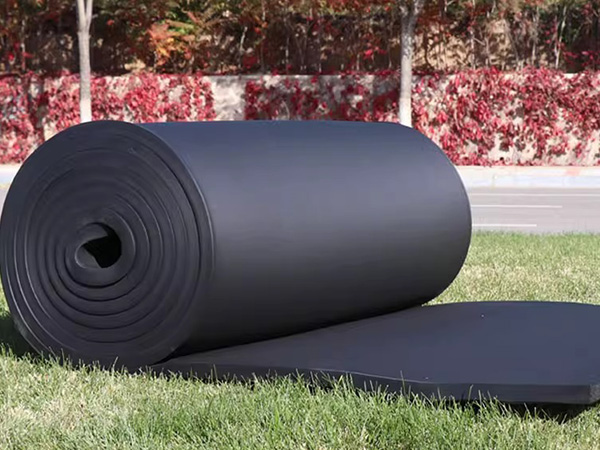
Solutions for Mismatched Elastomeric Foam Dimensions During Installation
1. On-Site Adjustment Techniques
Precision Cutting
Use a sharp utility knife with hooked blades for straight cuts.
For curved surfaces (e.g., pipes, elbows), make relief cuts (every 30–45°) to conform the foam smoothly.
Template Method
Create cardboard templates for complex shapes before cutting the foam.
2. Gap & Joint Management
Sealing Small Gaps (<5mm)
Fill with elastomeric sealant (e.g., silicone or MS Polymer) for airtight insulation.
Large Gaps (>10mm)
Bridge with scrap foam pieces bonded by adhesive, then seal edges.
3. Material Modification Strategies
Heat-Assisted Forming
Use a heat gun (60–80°C) to soften foam for bending around tight radii.
Layered Installation
Combine multiple thinner sheets to achieve desired thickness where standard sizes fall short.
4. Professional Prefabrication
For Critical Applications (e.g., industrial pipe networks):
Order custom-cut foam sections from manufacturers using laser measurements.
5. Contingency Planning
Always order 10–15% extra material to account for cutting waste and mismatches.
Pro Tip: For recurring fit issues, switch to slit tube designs for pipes or self-adhesive rolls for flat surfaces, which allow incremental adjustments during installation.
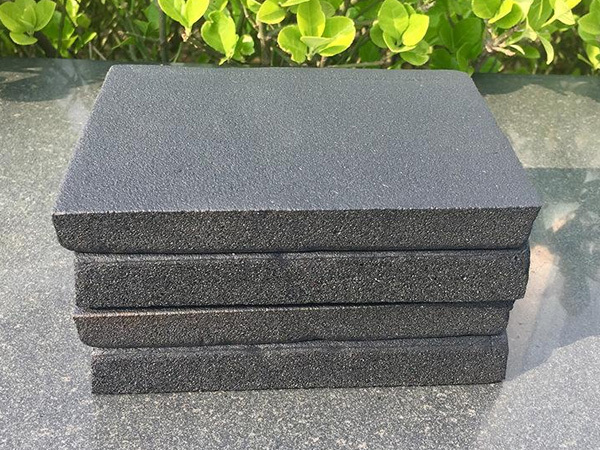
OurFlame Retardant Rubber Foamis a premium closed-cell elastomeric insulation material engi...
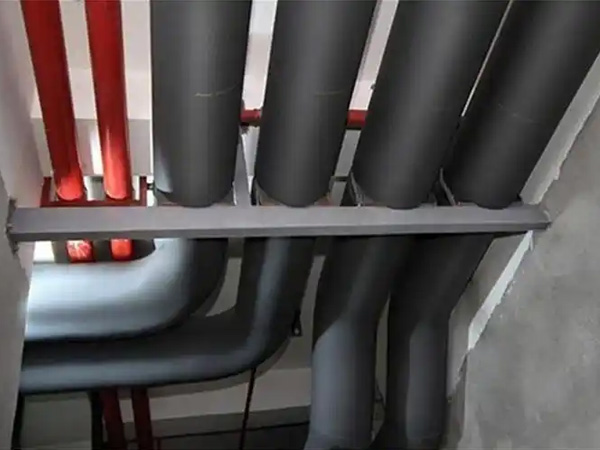
OurRubber Pipe Insulationis a high-performance solution designed specifically for HVAC pipi...
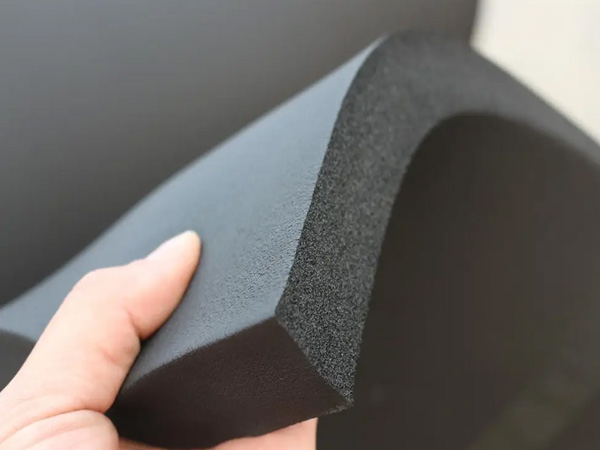
Rubber Foam Insulation Sheet – Product Introduction Premium Flexible Insulation for Therm...
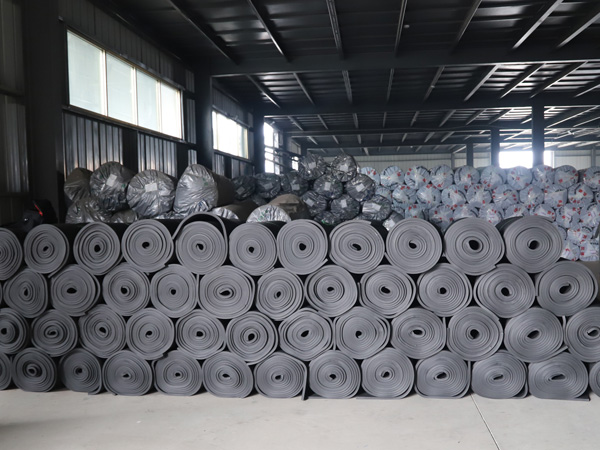
Specially engineered for refrigeration applications, ourElastomeric Rubber Insulationprovid...



